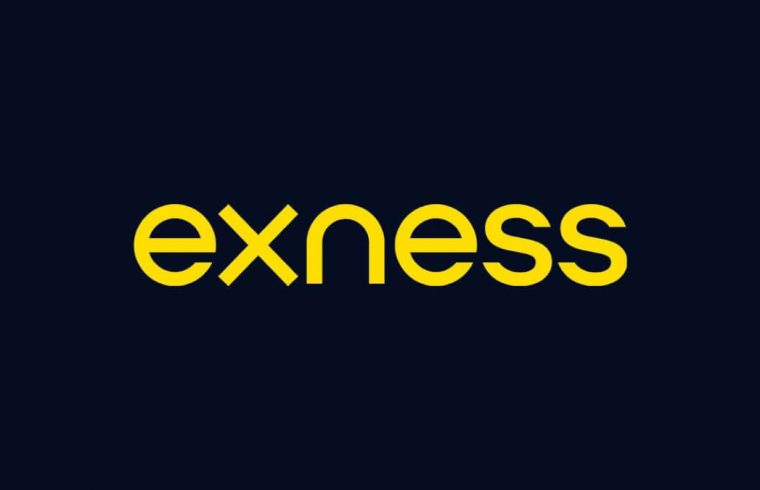This preview of weekly data looks at USOIL and XAUUSD where economic data coming up later this week are the main market drivers for the near short-term outlook.
The most important economic data for this week are:
Monday:
Japanese inflation rate at 23:30 GMT. The expectations for the month of January is that the rate could go down to 2.1% from the previous 2.6%. This might be somewhat bearish news to the market participants trading the yen.
Thursday:
- Preliminary German inflation rate at 13:00 GMT. The market consensus for February is for a decline on the figure of around 0.3% reaching 2.6%. If this is broadly accurate then it could most probably influence the European inflation figure on the following day.
- The US core PCE price index for January is expected to increase to 0.4% against the previous 0.2%. If these figures are broadly accurate then it might create some support for the Dollar whereas in the event of a more soft PCE reading the Dollar might weaken.
Friday:
- NBS manufacturing PMI at 01:30 AM GMT where the expectations are for a slight decrease reaching 49.1 points. The NBS is larger than the Caixin (to be released later this day) and is focusing more on larger state-owned firms. If the expectations are correct then it would mean that the state-owned firms might be performing worse but have yet to reach the 50-point level indicating that the manufacturing sector of the NBS survey might still be shrinking and probably might have some effect on production-related products like oil, natural gas, silver etc.
- Caixin Manufacturing PMI at 01:45 AM GMT. The figure for February is expected to decline to 50.7 points against the previous 50.8. Caixin PMI is more focused on the export sector and small and midsize enterprises (SMEs) and a reading of anything above the 50-point mark would indicate that these companies are growing which could result in affecting the prices of various manufacturing-related instruments.
- Flash European inflation rate at 10:00 AM GMT. The rate for February is expected to decline to 2.5% down from the previous reading of 2.8%. This could negatively affect the Euro against its pairs at least in the short term.
- US manufacturing PMI at 15:00 GMT. The consensus for February is for an increase from 49.1 to 49.5 points. Even though the expectations are for an improved image of the manufacturing sector in the U.S it is still below the 50-point mark suggesting that the manufacturing sector is still struggling to improve.
USOIL, daily
Oil prices fell due to concerns about higher-than-expected inflation potentially delaying U.S. interest rate cuts. The market is caught between bullish factors such as lower OPEC output and bearish concerns about weak demand in China after the Lunar celebrations came to an end and international traveling from and to China has slowed down. Anticipation of falling oil stockpiles as refineries return from maintenance could offer some support to prices in the coming weeks. Also if we take a look at the commitment of traders report the commercial traders are near the yearly high meaning that energy prices might rebound in the near future.
On the technical side, the price is currently trading near the support area of the previous low of mid-February while the 50-day moving average is on the move to cross above the 100-day moving average indicating that there might be a confirmation of a bullish trend. At the same time, the Stochastic oscillator is near the extreme oversold levels indicating that a correction to the upside might be the dominant scenario in the near short term. For the time being the bullish trendline which has been tested multiple times in the recent past is still not broken therefore the medium outlook on crude oil is bullish.
Gold-dollar, daily
Gold prices remained within a tight trading range between $2,025 – $2,035 amid concerns of higher-for-longer U.S. rates, driven by signs of sticky U.S. inflation and resilience in the job market which resulted in the recent strengthening of the US dollar. Investors are closely watching for U.S. macroeconomic data to gain insights into the Federal Reserve’s future policy decisions and guide their bets on gold prices and other commodities. Safe haven demand for gold, limited losses fueled by signs of a recession in Japan and the UK, as well as geopolitical disruptions in the Middle East.
From the technical point of view, gold price has been trading in a declining trading channel for the last couple of months and is currently testing the resistance area of the 50-day moving average which is still trading above the 100-day moving average validating the overall bullish trend regardless of the recent declining momentum.
The Stochastic oscillator is recording extreme overbought levels which could be hinting that a correction to the downside might be visible in the coming sessions. If this scenario is confirmed then the first area of possible support might be found around the $2,020 which consists of the 38.2% of the daily Fibonacci retracement level, the 100-day moving average, and the psychological support of the round number.
Disclaimer: the opinions in this article are personal to the writer and do not reflect those of Exness or Finance Feeds.
Disclaimer: The subject matter and the content of this article are solely the views of the author. FinanceFeeds does not bear any legal responsibility for the content of this article and they do not reflect the viewpoint of FinanceFeeds or its editorial staff.














